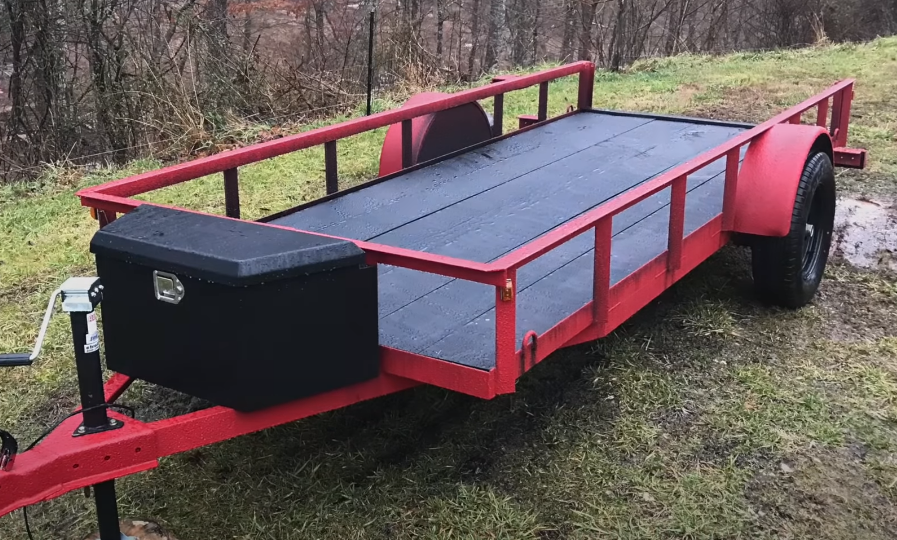How To Replace A Water Pump?
Replacing a water pump is a critical maintenance task that ensures the proper functioning and longevity of your vehicle's cooling system. Whether prompted by leaks, overheating issues, or routine maintenance, knowing how to replace a water pump is a valuable skill for any car owner or DIY enthusiast.
In this guide, we'll outline the essential steps and precautions involved in replacing a water pump, equipping you with the knowledge to tackle this task confidently and effectively.
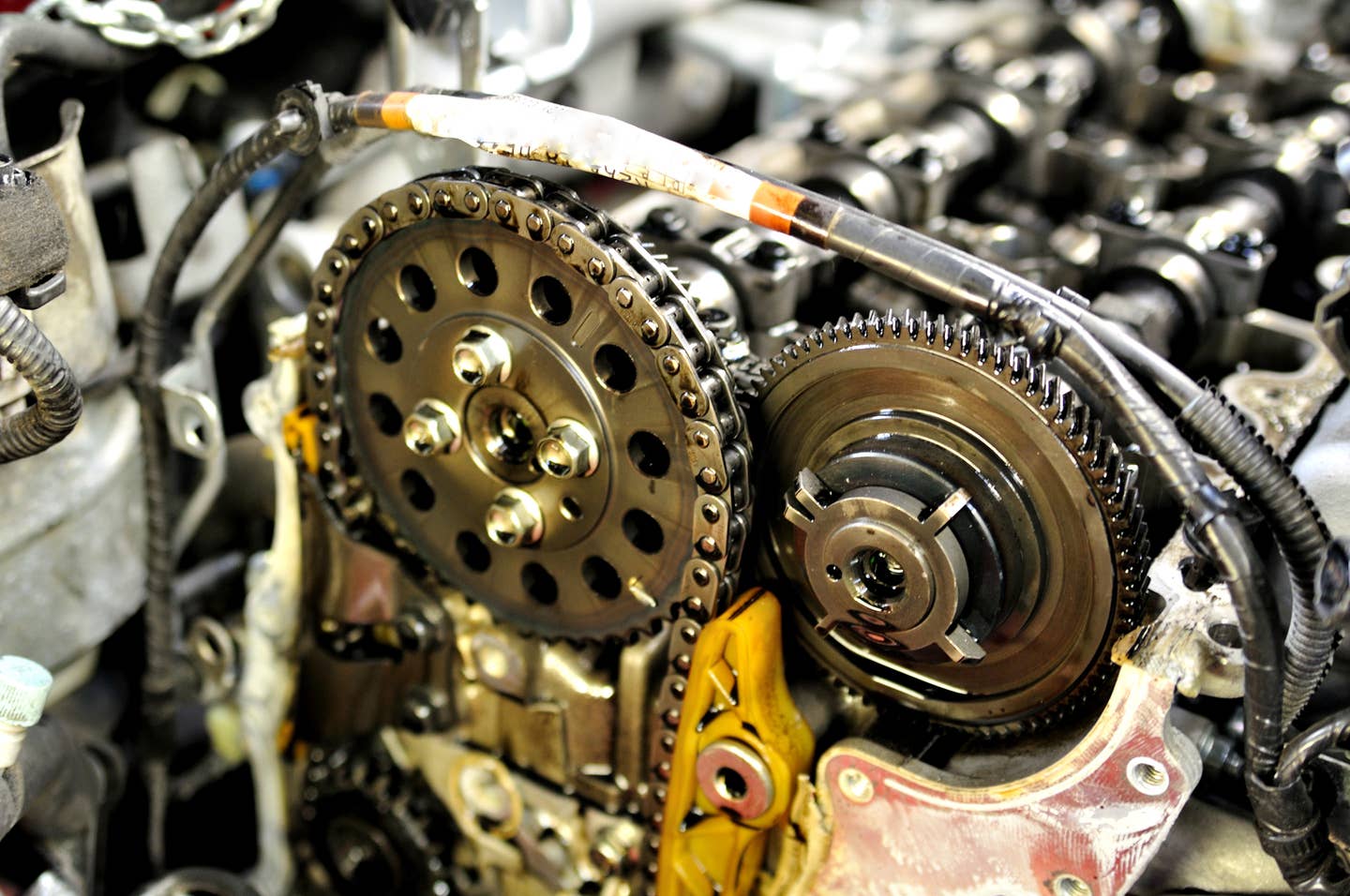
When Should You Replace A Water Pump?
Replacing a water pump in a car is generally recommended under the following circumstances:
- Leakage: If there are visible leaks around the water pump, it's a clear sign that it needs replacement.
- Noise: Unusual noises, such as grinding or squeaking, coming from the water pump area can indicate a failing pump.
- Coolant Loss: If you notice a decrease in coolant levels without any apparent leaks elsewhere in the system, it could be due to a failing water pump.
- Age/Mileage: Some manufacturers recommend replacing the water pump at certain intervals, often between 60,000 and 100,000 miles, as preventive maintenance.
- Overheating: A malfunctioning water pump can lead to engine overheating, so if your engine consistently runs hot, the water pump could be the culprit.
- Play or Wobble: If there's excessive play or wobbling in the water pump pulley or shaft, it's a sign of wear and impending failure.
Regular inspection as part of routine maintenance can help catch any issues with the water pump early on, preventing more severe problems down the line.
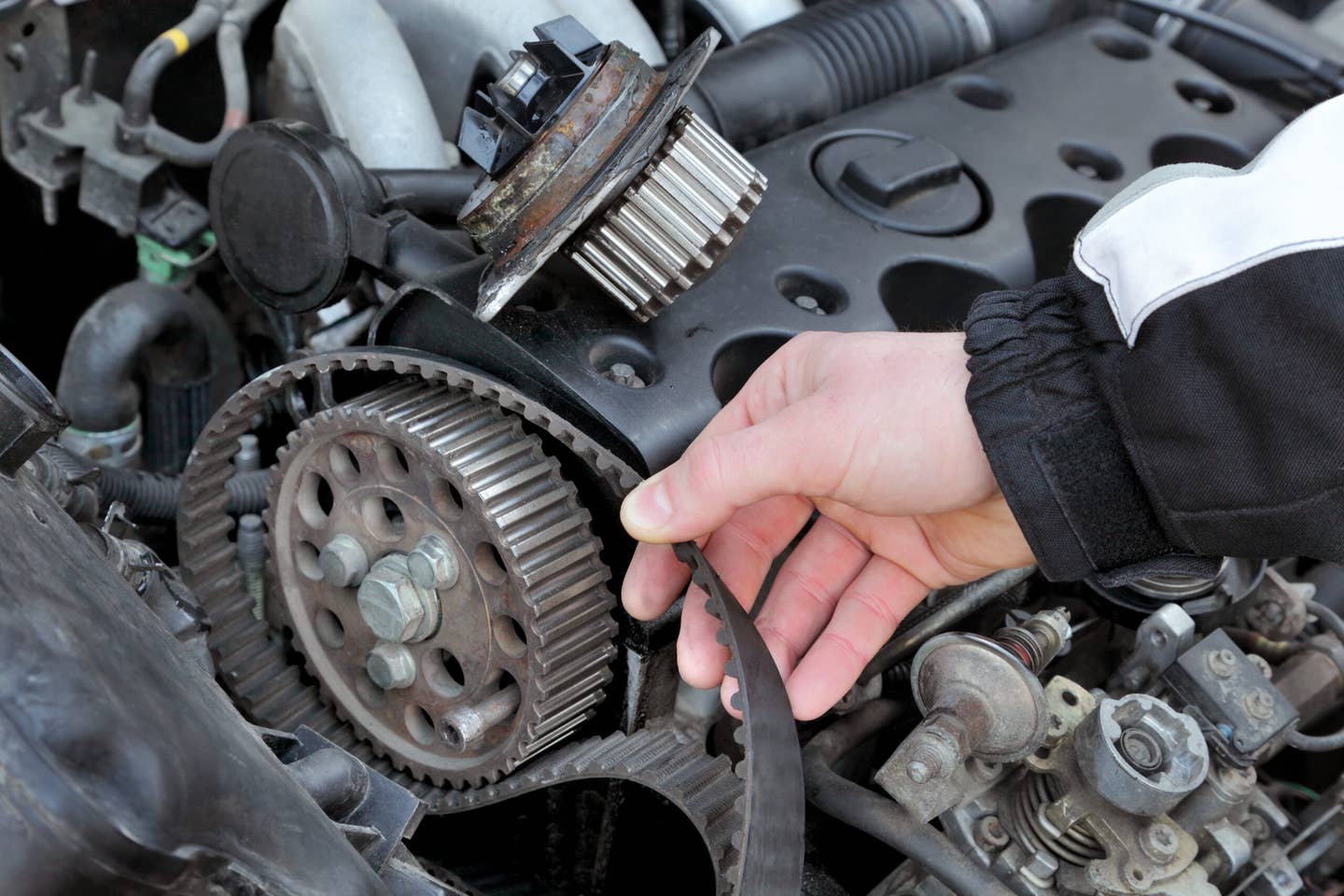
Changing your water pump is crucial for several reasons:
- Preventing Engine Overheating: The water pump circulates coolant throughout the engine to dissipate heat. A malfunctioning water pump can lead to insufficient coolant flow, causing the engine to overheat and potentially resulting in severe damage.
- Maintaining Engine Performance: An efficiently functioning water pump ensures proper cooling of the engine, which is essential for maintaining optimal performance and fuel efficiency.
- Preventing Coolant Leaks: A worn-out or damaged water pump can develop leaks, leading to coolant loss. Coolant leaks can not only cause overheating but also damage other engine components and lead to expensive repairs.
- Avoiding Engine Damage: If a water pump fails completely, it can result in catastrophic engine damage due to overheating. Replacing the water pump as part of routine maintenance helps avoid such costly repairs.
- Extending Engine Lifespan: Regularly replacing the water pump as recommended by the manufacturer helps prolong the lifespan of your engine by ensuring proper cooling and preventing overheating-related damage.
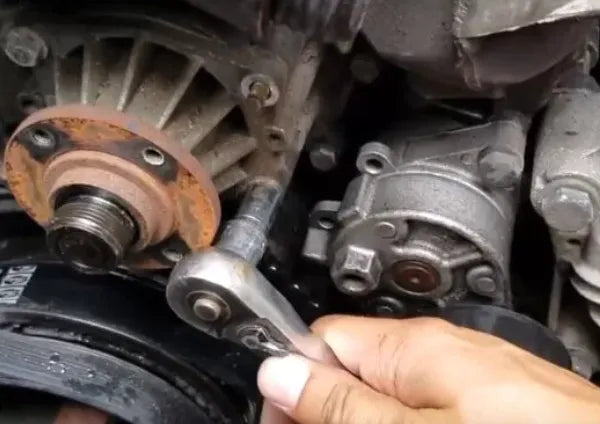
Below is a list of the basic tools and parts required for changing a water pump. Since your toolbox contents may vary, we'll cover the essentials to ensure you're well-prepared.
Tools Needed:
- Ratchet and socket set
- Pliers
- Hose clamp pliers
- Set of screwdrivers
- Tools for trim and clip removal
- Drain pan
Parts Needed:
- The correct type of coolant
- Hose clamps
- New water pump
- Timing belt kit (if applicable)
- Timing chain kit (if applicable)
- Sealant or gasket
Prior to beginning the task, organizing all necessary tools and parts is crucial for efficiency. Completing the job in one session can simplify the process and minimize frustration.
Replacing a water pump generally follows a similar sequence across different vehicles, albeit with slight variations in attachment methods. Below, we outline the typical steps for replacing an independent pump, a timing belt pump, and a timing chain pump.
For an independent water pump:
- Commence by releasing pressure from the cooling system via the radiator cap and draining the coolant underneath the vehicle.
- Ensure adequate space for accessing the water pump, which may entail disassembling various components such as hoses, sensors, and fans. Consult the service manual for guidance.
- Disconnect the coolant lines from the pump and allow them to drain.
- Remove the water pump by unbolting it from its location on the engine.
- Prior to installing the new pump, meticulously clean the engine surface.
- Determine whether the new pump requires a gasket or sealant, and apply accordingly.
- Reattach the water pump, reconnecting coolant lines and hoses as necessary.
- Refill and purge air from the cooling system.
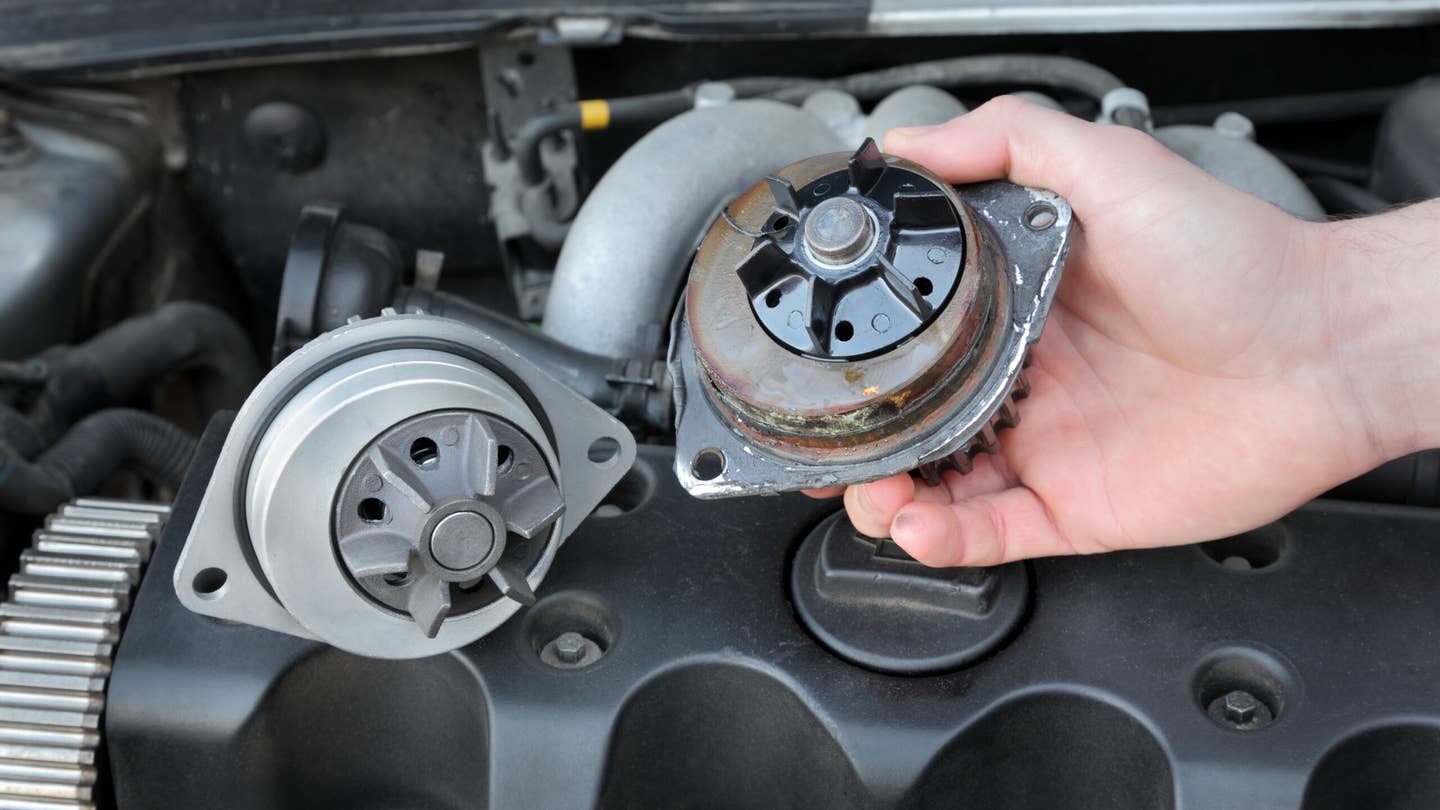
For a Timing Belt Water Pump:
- Drain the cooling system and remove any timing covers to access the water pump.
- If necessary, support the engine to facilitate timing belt removal.
- Disassemble the timing belt, tensioner, and pulleys.
- Remove the water pump by unbolting it.
- Ensure a clean engine surface before installing the new pump.
- Determine the appropriate gasket or sealant for the new pump and apply it as needed.
- Reinstall the water pump and reconnect coolant lines and hoses.
- Refill and purge air from the cooling system.
For a timing chain water pump:
- Drain the cooling system and access the water pump behind the timing cover.
- If required, support the engine for timing chain maintenance.
- Remove timing components such as the chain, tensioner, and guides.
- Unbolt the water pump from its location.
- Clean the engine surface thoroughly and apply the specified gasket or sealant.
- Reinstall the water pump, reconnecting coolant lines and hoses.
- Refill and purge air from the cooling system.
Here are condensed pro tips for changing a water pump safely and effectively:
- Prepare Tools and Parts: Ensure you have all necessary tools and replacement parts, like a new water pump, gaskets, coolant, and any specialized tools required for your vehicle.
- Consult the manual: Refer to your vehicle's service manual for precise instructions, including torque specifications and any specific precautions.
- Safety First: Disconnect the battery to avoid electrical mishaps, and let the engine cool down completely before starting work.
- Drain Coolant Properly: Use a suitable container to catch coolant and prevent spills during drainage, minimizing mess and environmental impact.
- Inspect Surrounding Components: Take the opportunity to check adjacent parts for wear or damage, replacing any necessary components.
- Thorough Cleaning: Clean mounting surfaces meticulously to ensure a proper seal, using appropriate tools like a gasket scraper or wire brush if needed.
- Apply Sealant as Required: Follow manufacturer recommendations for applying gasket sealant, if necessary, to prevent leaks.
- Torque Bolts Correctly: Use a torque wrench to tighten bolts to the specified torque settings, ensuring proper sealing without risking damage.
- Refill Coolant Properly: Replenish the cooling system with the right coolant type and amount, and bleed air from the system as per manufacturer guidelines.
- Test for leaks: After starting the engine, monitor for any signs of coolant leaks, rechecking once the engine has cooled down to ensure a successful replacement.
Is it possible to replace a water pump without draining the cooling system?
No, it's not possible. The cooling system must be opened to facilitate the replacement procedure effectively.
Are any special tools required for changing a water pump?
Generally, no. While water pumps may sometimes be situated in challenging positions, special tools are seldom necessary. Basic hand tools are typically sufficient for the task.
Should I replace the thermostat along with the water pump?
While not strictly mandatory, it's considered a best practice. In certain vehicle models, the thermostat is integrated into the water pump, making simultaneous replacement advisable for optimal performance and longevity of the cooling system.
In conclusion, with the steps outlined in this guide, replacing your vehicle's water pump becomes a manageable task, promoting optimal cooling system performance and engine health. Always refer to your vehicle's manual for specific instructions, prioritize safety, and enjoy the benefits of a well-maintained cooling system for your car.
Click on the following link to read another blog post: What Is A Muffler And What Does It Do?



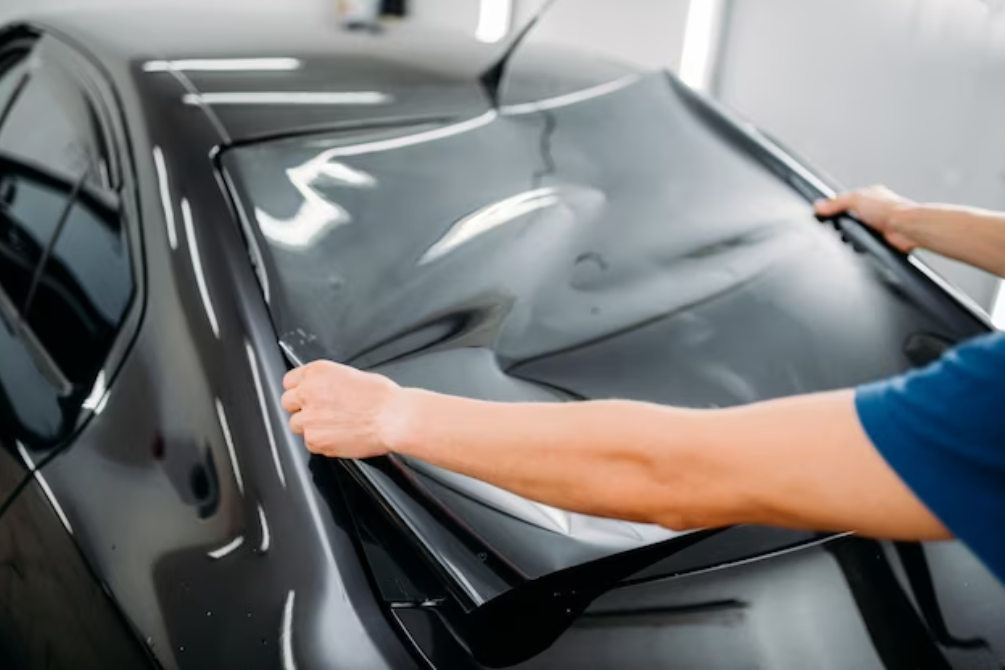


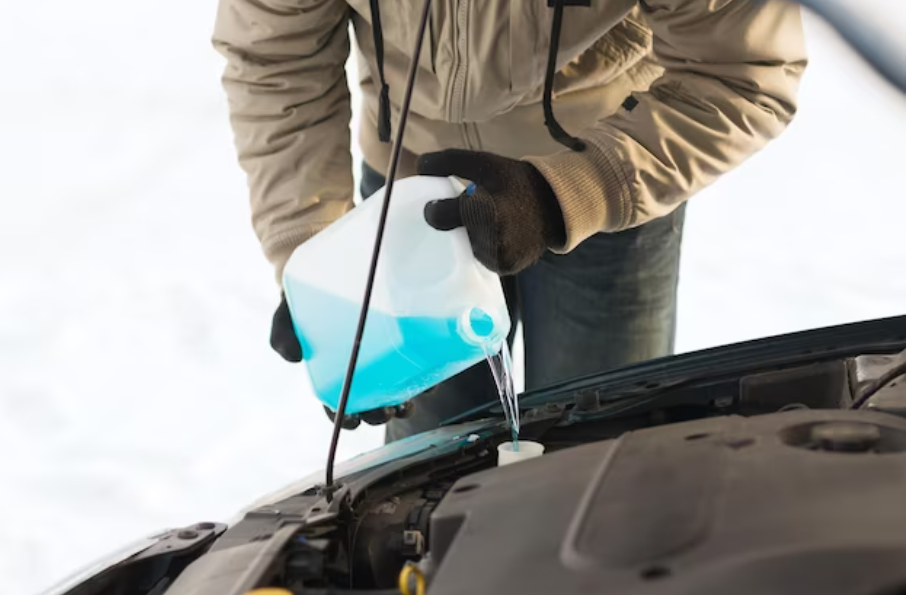
.png)

